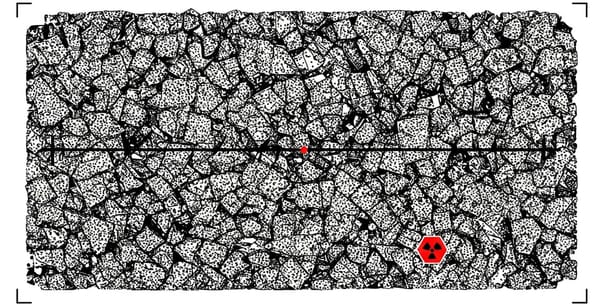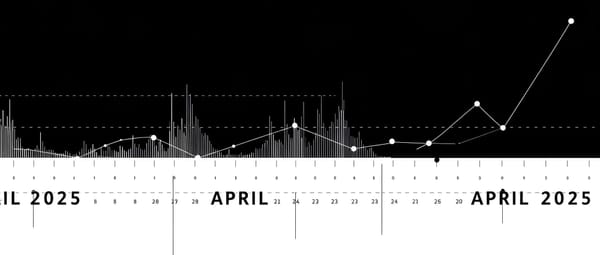Revolutionizing Radiation Detection in Water: A Breakthrough for Nuclear Safety
A new water-based radiation detection system promises real-time monitoring of nuclear contaminants, enhancing safety and environmental protection around nuclear facilities.
Ensuring water safety at nuclear facilities and decommissioning sites is a critical challenge, especially when detecting radioactive contamination. Traditional methods for identifying radioactive particles in water are slow and inefficient, making responding quickly to potential leaks difficult. However, a groundbreaking study introduces a real-time monitoring system that could revolutionize how we detect radiation in water.
The Problem: Slow and Inefficient Detection
Current techniques for detecting beta radiation—a type of radiation emitted by radioactive materials—are time-consuming and unsuited for real-time monitoring. This delay can hinder emergency responses and increase the risk of contamination spreading undetected.
The Solution: A Real-Time Radiation Monitoring System
The study presents an innovative system capable of detecting both beta and gamma radiation in water in real time. This system leverages two types of advanced detectors known as scintillators, which emit light when exposed to radiation:
- Plastic Scintillator: Specially designed to detect beta particles, this material is water-resistant and minimizes interference from background radiation. The study determined that a 1 mm thick plastic scintillator is optimal, as it effectively filters out gamma rays while ensuring accurate beta detection.
- Inorganic Scintillator (NaI(Tl)): This detector specializes in capturing gamma rays, allowing the system to distinguish between different types of radiation.
How It Works: Real-Time, Continuous Monitoring
The system continuously pumps water through the detectors, enabling real-time radiation monitoring without extensive sample preparation. A key feature of this system is coincidence counting, a technique that reduces background noise and enhances measurement accuracy.
Key Findings: A Faster and More Reliable Approach
Experiments with radioactive sources confirmed the system’s ability to measure radiation levels in water accurately. The study highlights several significant benefits:
- Accurate Distinction Between Beta and Gamma Radiation: This allows for more precisely identifying contamination sources.
- Rapid Detection: The system can detect radioactive contamination within 24 hours, a vast improvement over conventional methods.
- Minimal Sample Preparation Required: Eliminating lengthy processing steps makes this system more efficient and practical for real-world applications.
Why It Matters: Enhancing Environmental and Public Safety
This cutting-edge radiation monitoring system offers a faster, more reliable method for tracking water contamination at nuclear facilities and decommissioning sites. By enabling near-instant detection of radioactive leaks, it helps mitigate environmental risks and safeguard public health.
With the growing need for advanced nuclear safety solutions, this new detection technology represents a major leap forward in protecting water sources from radioactive contamination. As regulatory bodies and nuclear industry professionals seek better tools for monitoring radiation, real-time detection systems like this could become an essential part of future safety protocols.
Source: https://www.sciencedirect.com/science/article/pii/S1738573325000762



